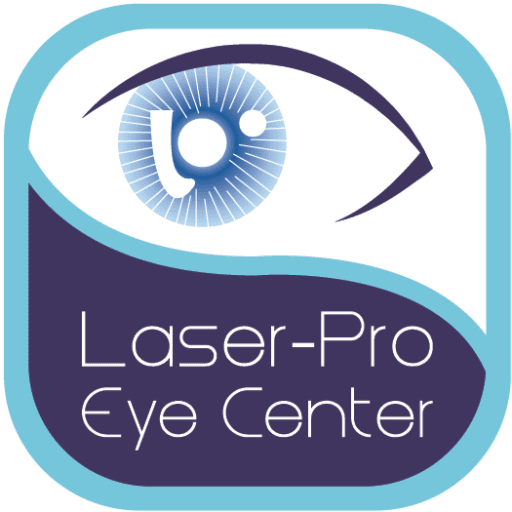Dry Eye
Treatment
What is a Dry Eye?

ry eye syndrome is a disease whereby the eye is unable to produce adequate tears either in volume or quality. This results in inflammation of the eye surface which further worsens the dryness. It is one of the most frequent causes of visits to an eye specialist.
To understand dry eyes, it is important to understand the tear film. The tear film is made up of three layers. The outermost layer is an oil (lipid) layer, followed by a water (aqueous) layer and finally the innermost mucous (mucin) layer. The outermost lipid layer coats the tears and prevents it from evaporating. The middle aqueous layer provides nutrients to the surface of the eye, washes away debris and removes waste products. The inner mucin layer acts as a protective lubricant and provides a smooth surface for the even distribution of tears over the surface of the eye. Each time we blink, a protective coating of tears is spread like a film over the front of our eye. When any part of the tear film isn’t functioning properly, you may start to experience one or more symptoms of dry eyes.
What are the symptoms of dry eyes?
- Eye redness
- Eye irritation
- Eye stinging or burning
- Eye fatigue
- Blurred vision
- Stringy mucus in or around your eyes
- Sensitivity to light
- Difficulty wearing contact lenses
- Watery eyes (the body’s response to coping with the irritation)
What causes inadequate tear production?
- Aging
- Menopause
- Medications such as anti-histamines, hormone replacement therapy, antidepressants, oral contraceptive pills and some anti-hypertensives
- Medical conditions, including diabetes, rheumatoid arthritis, thyroid disease and connective tissue diseases
- Laser eye surgery
- Tear gland damage from inflammation or radiation
- Contact lens wear
What causes increased tear evaporation?
- Windy conditions or dry air (including air conditioning and frequent flying)
- Eye strain e.g. from long hours of reading, computer use or driving
- Blocked meibomian glands
- Eyelid defects
How can I test for dry eyes?
An ophthalmologist can diagnose dry eyes by evaluating your tear quantity and quality. This should be correlated with any medical conditions you may have as well as an examination of your eye and eyelids. The latest technology involves the use of tear film interferometry to measure the tear film thickness and imbalance. This is important as effective management depends on the type of dry eyes and the tear film layer involved.
Complications of dry eyes:
- Eye inflammation
- Abrasion of the corneal surface
- Corneal ulcers
All of these can lead to reduced vision.
Treatment of dry eyes:
The aim of treatment is to treat the underlying cause, manage the inflammation and conserve tears. In some cases, an underlying health issue (e.g., Rheumatoid Arthritis) may be causing the problem and your ophthalmologist may need to refer you to the specialist concerned. If a medication is causing your dry eyes, your doctor may recommend an alternative drug that doesn’t cause side effects.
Treatment options:
- Medications to control eye inflammation such as tears supplements , eyedrops and even eyedrops made from your own blood (autologus plasma)
- Closing your tear ducts to reduce tear loss
- Unblocking eye glands in the eyelid
- Using special contact lenses
Simple self-care tips:
- Remember to blink regularly when reading or staring at a computer screen for long periods of time. We recommend the 20/20/20 rule. Take a 20second break every 20mins and look 20 feet away, blinking frequently
- Increase the humidity in the air at work and at home.
- Wear sunglasses outdoors, particularly those with wraparound frames, to reduce exposure to drying winds and the sun.
- Nutritional supplements containing essential fatty acids may help decrease dry eye symptoms in some people. Ask your optometrist if taking dietary supplements could help your dry eye problems.
- Avoid becoming dehydrated by drinking plenty of water each day.
- Ensure you get enough sleep
- For people with dry eyes caused by blocked oil glands or an eyelid infection, warm compress and frequent eyelid cleansing can be helpful. To clean eyelids,
- Apply a warm compress to closed eyelids for five to 10 minutes. This liquifies any thickened oil in the glands of your eyelid, resulting in a more stable lipid layer of the tear film.
- Use a mild soap on your eyelids. We recommend baby shampoo. Mix 1 teaspoon of baby shampoo with 3 teaspoons water. Use a cotton bud to apply the solution near the base of your eyelashes. Rinse completely.
